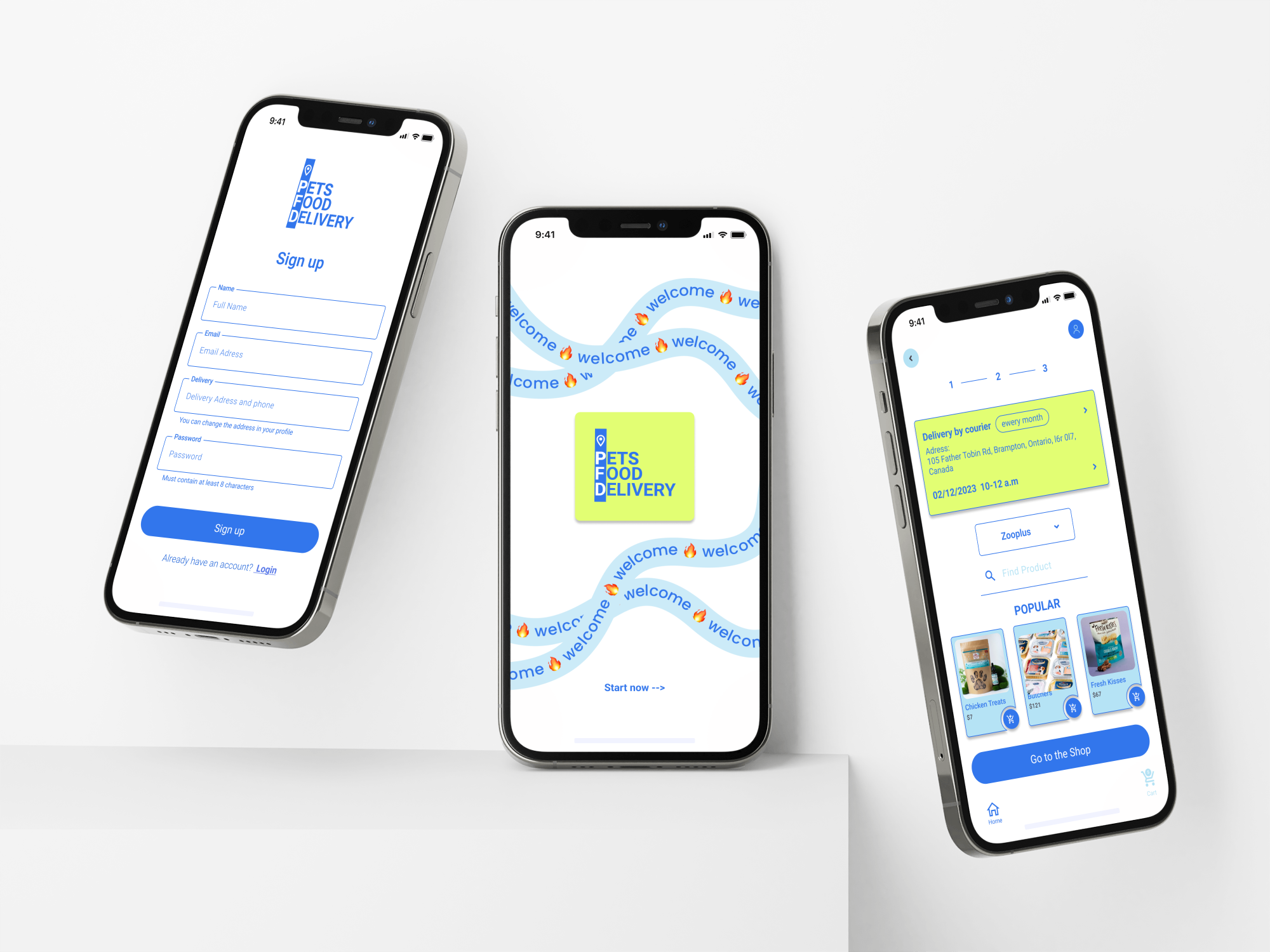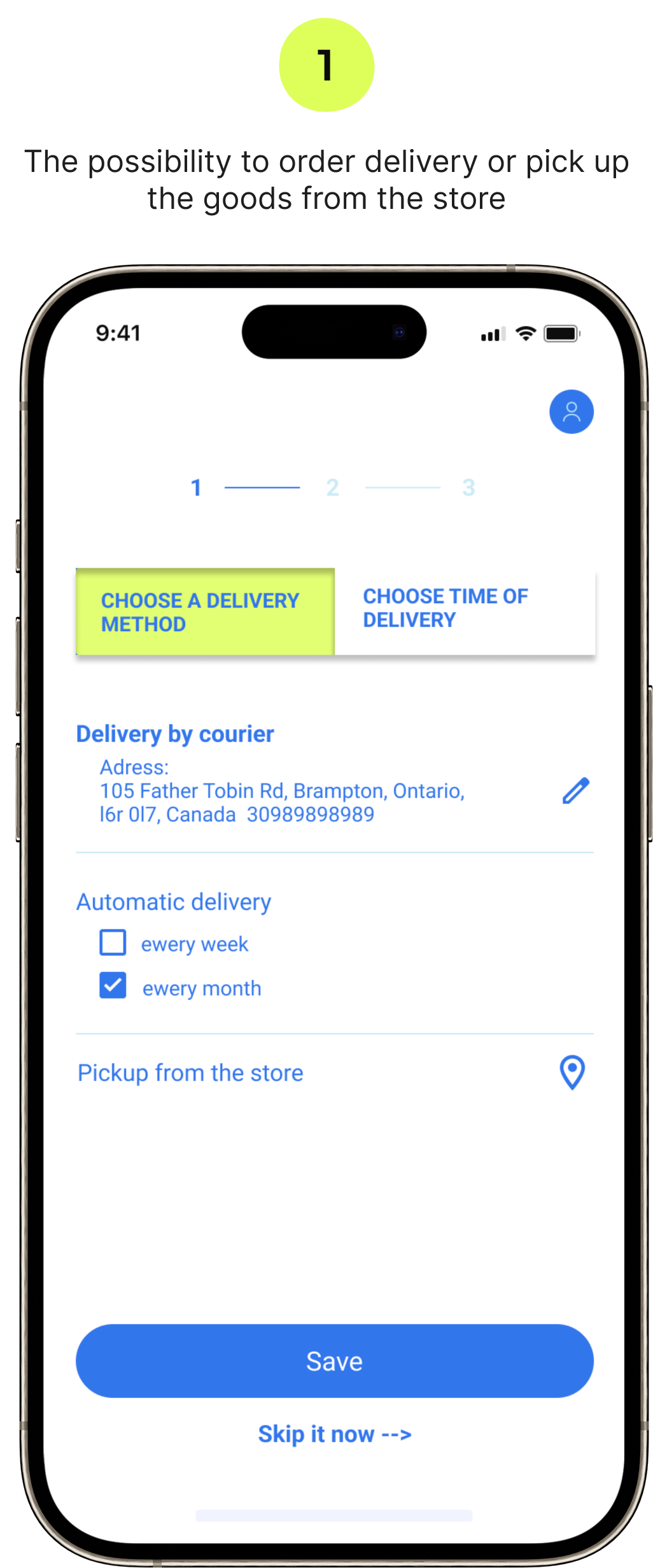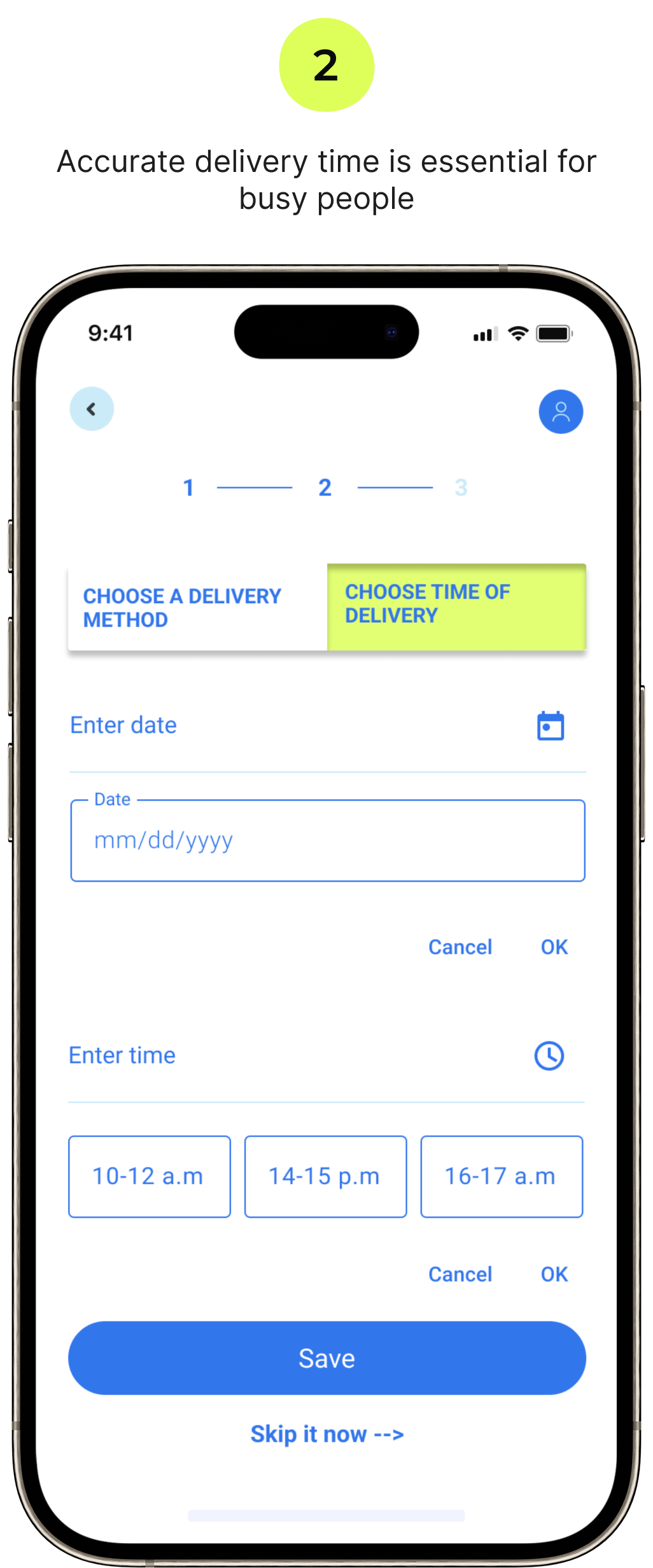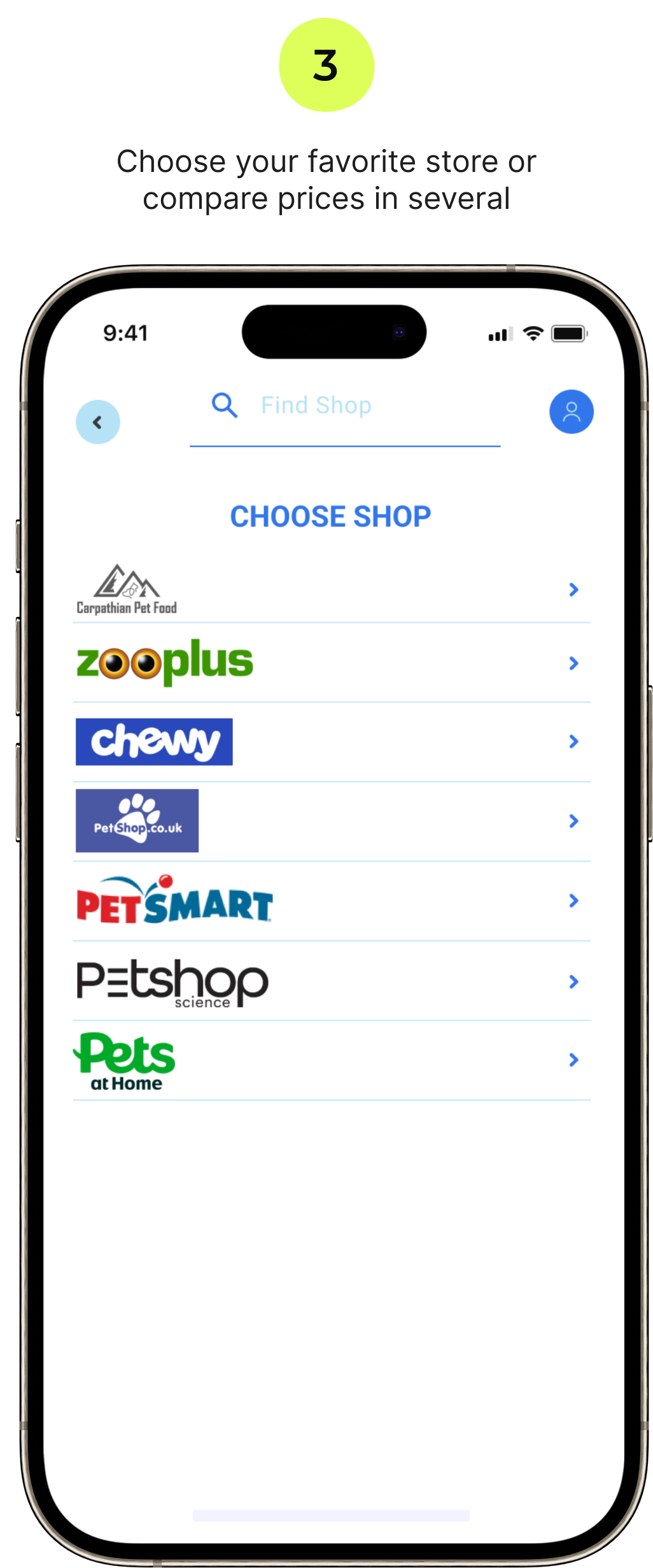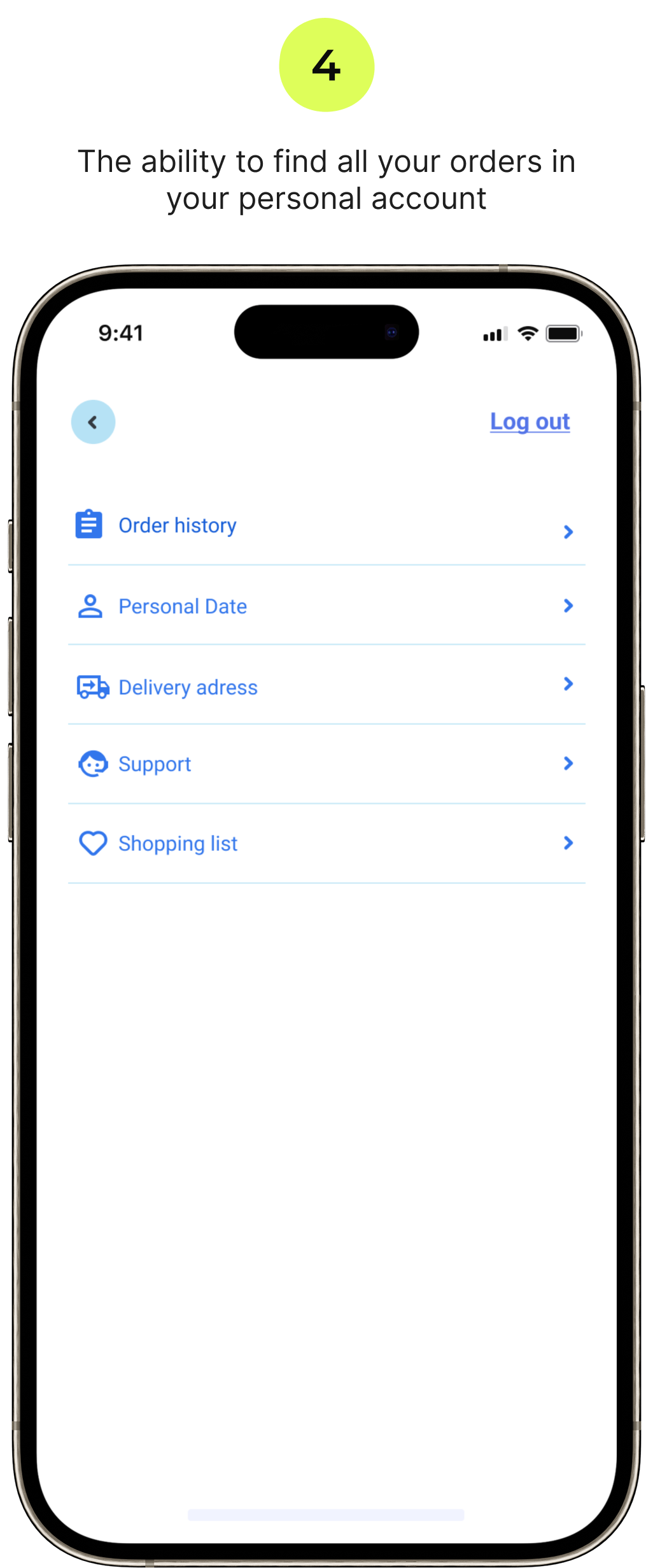Pet food delivery service
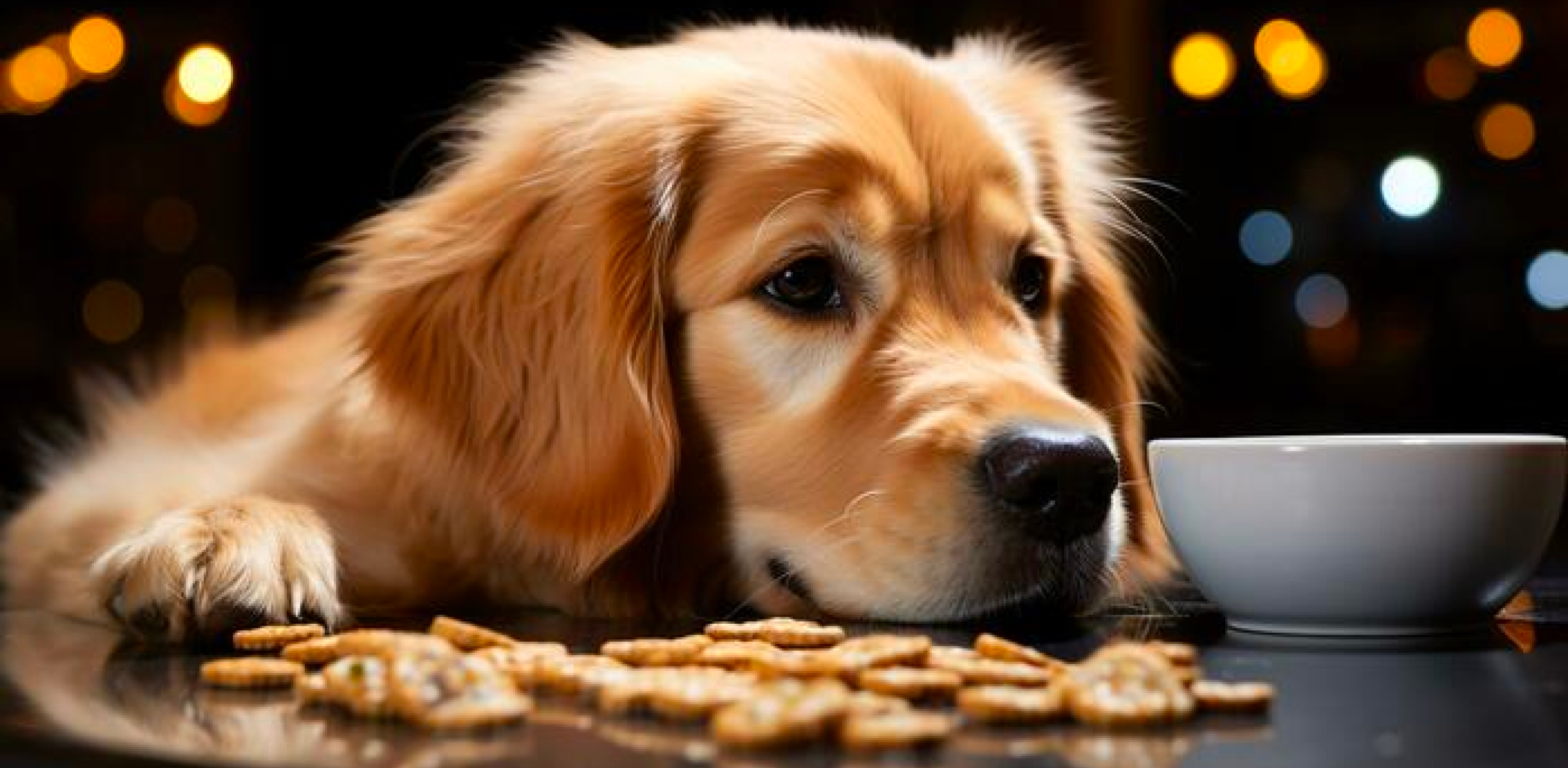
- Hassle-free solution for pet owners -
The pet food delivery service app is designed to provide a convenient and hassle-free solution for pet owners to meet their pets nutritional needs. The target users of the app are tech-savvy pet owners, primarily residing in urban areas, who prioritize their pets' health, seek cost-effective options, and embrace the convenience of mobile apps for their pet-related needs.
- The main advantages of the app -
- Understanding the challenge -

- User Research -
In conducting user research for the pet food delivery service app, we employed a combination of methods including interviews, surveys, and usability testing. Through user research, we gained valuable insights into the specific needs, pain points, and expectations of pet owners, which helped shape the app's features, user interface, and overall user experience. This research enabled us to design an app that aligns with the actual preferences and requirements of the target users, rather than relying solely on assumptions.
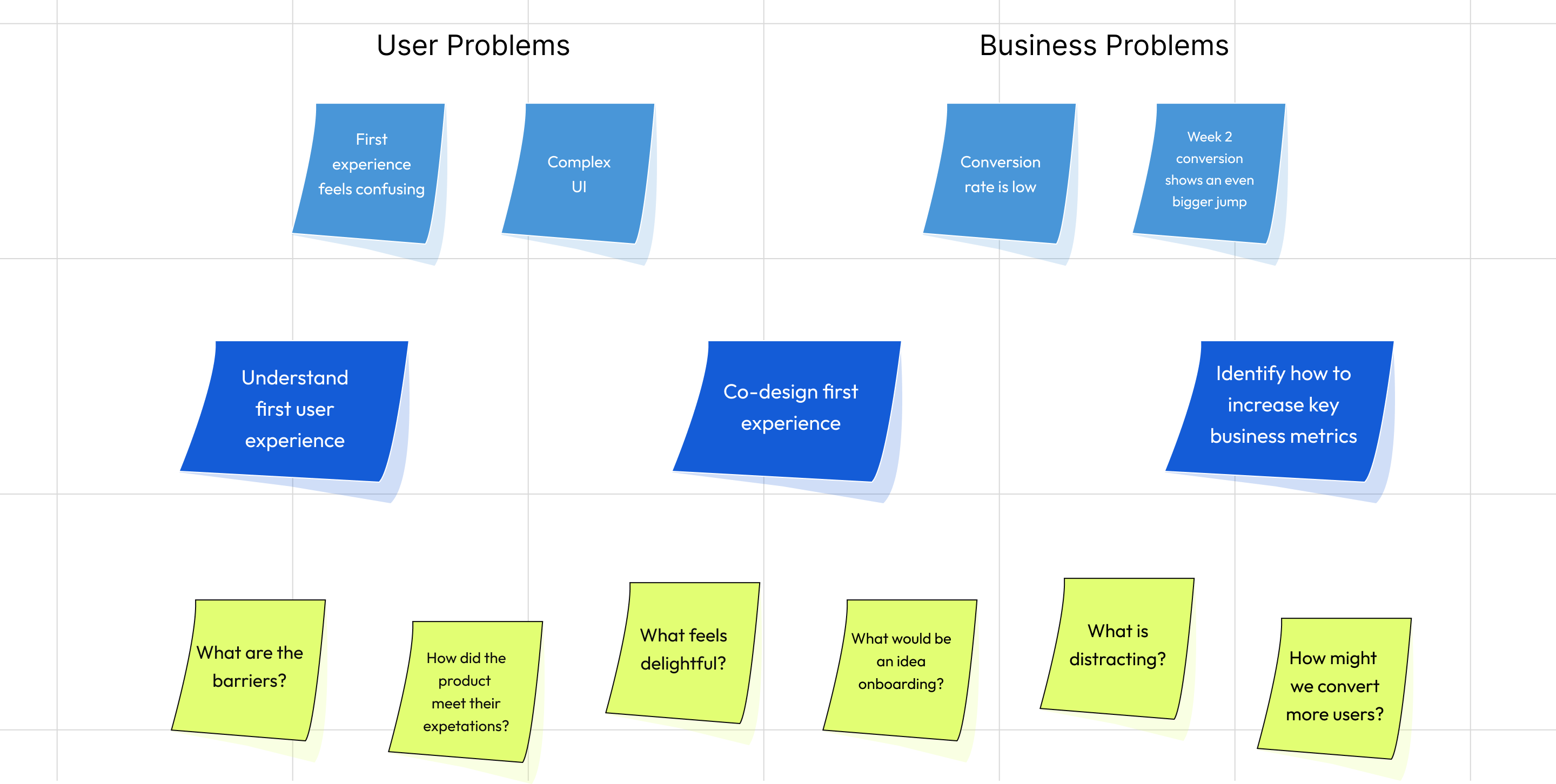
- User Personas -
User personas serve as representative models embodying the goals and traits of a broader user community. Typically, these personas are encapsulated in concise one or two-page documents, akin to the example below. These brief descriptions encompass behavioral tendencies, aspirations, competencies, perspectives, and contextual details, providing a comprehensive understanding of a persona's operating environment.
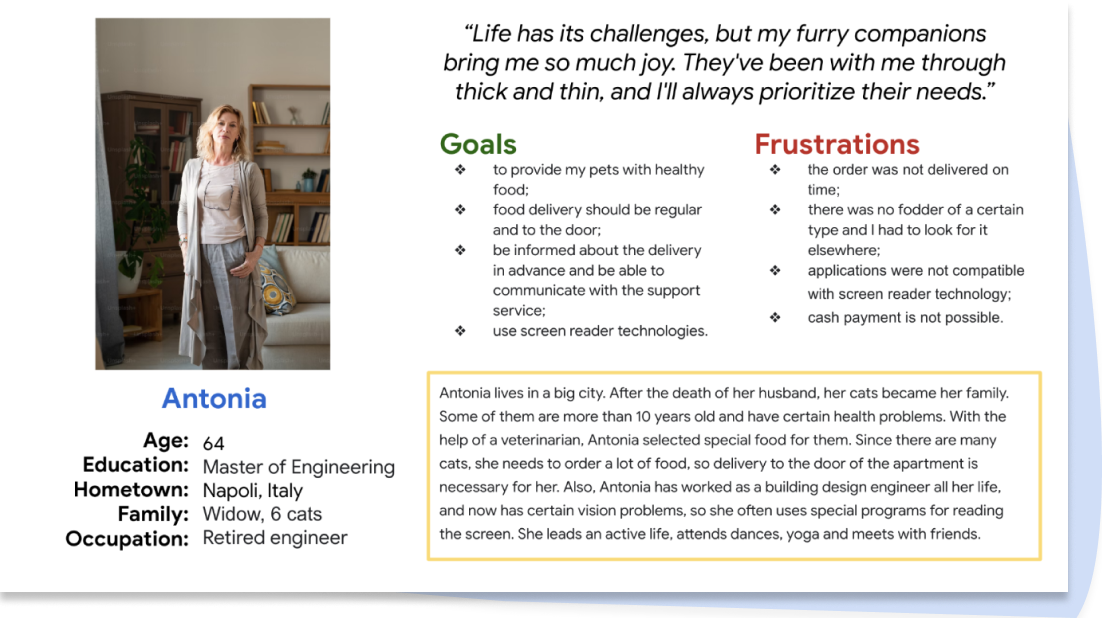
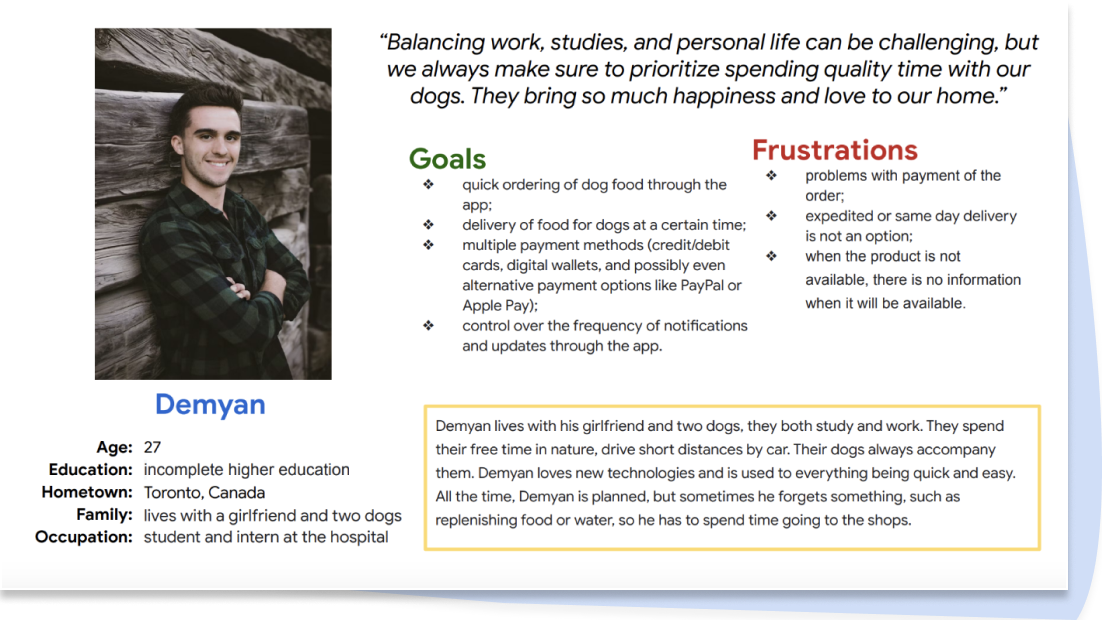
- User Journey Map -
A journey map helps to visualize the steps a user takes to accomplish their goal with the help of digital product.
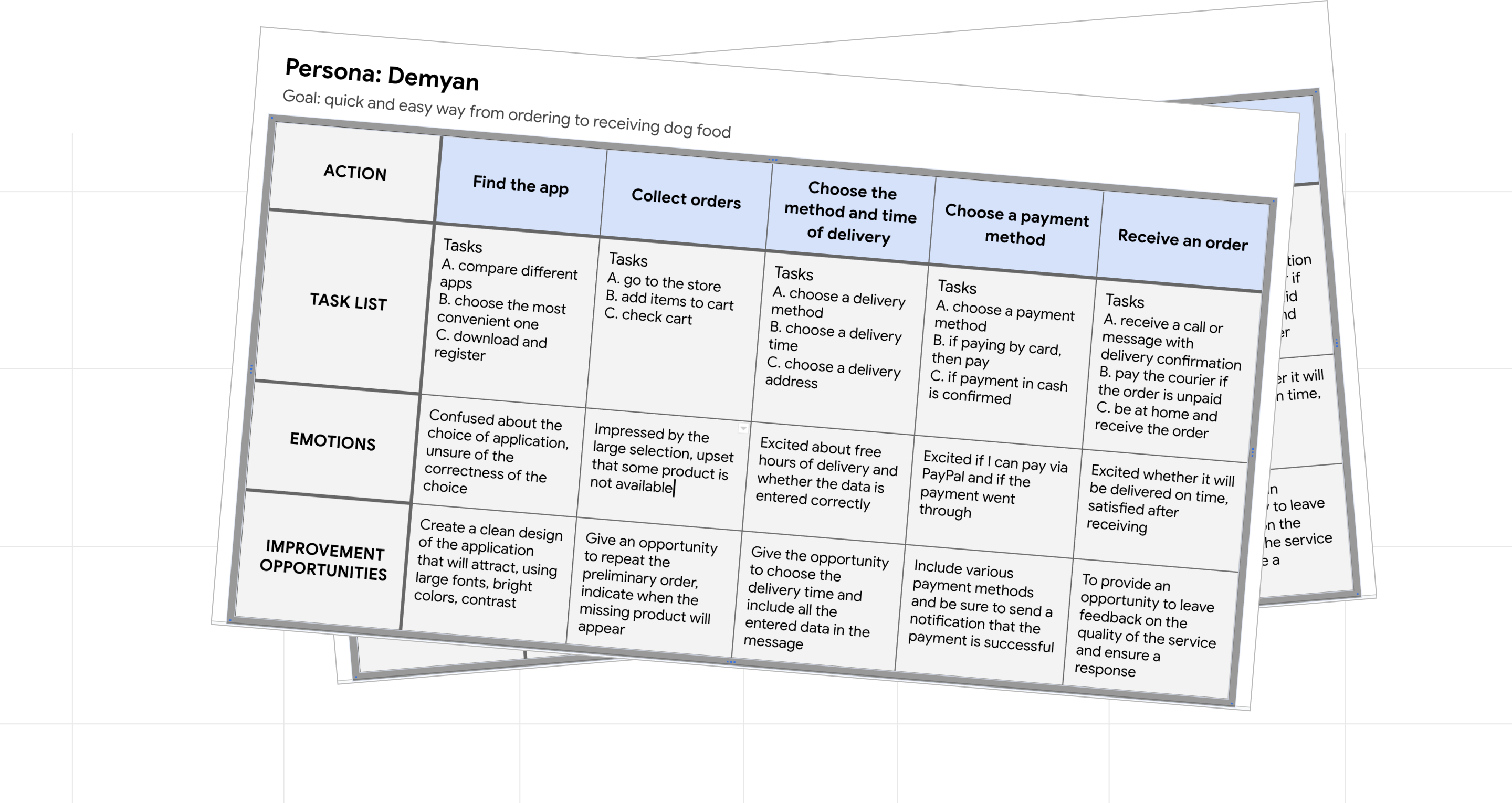
- Paper Wireframes -
A low-fidelity prototype for a pet food delivery service might consist of hand-drawn sketches or simple digital wireframes depicting the user interface and basic functionalities of the app or website.

- Low-Fidelity Prototype -
The goal of creating wireframes is to establish the basic structure of a page and to highlight the intended function of each element.

- Visual Design -

